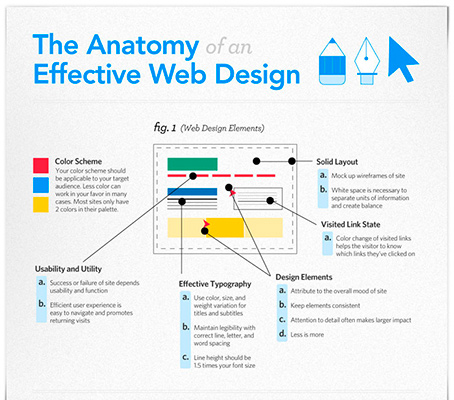Essential Aspects Of Website Design: Guidelines For Establishing A User-Centric Website
Essential Aspects Of Website Design: Guidelines For Establishing A User-Centric Website
Blog Article
Content By-Le Ehlers
When it comes to site layout, ensuring user-friendliness is crucial. From What Digital Marketing Companies Do to streamlined navigating, every aspect plays a crucial duty in developing a site that satisfies your target market's demands. Yet what concerning the better information that can make or break a user's browsing experience? Remain tuned as we uncover some often-overlooked suggestions that can elevate your website's usability to the following degree, making it truly stand apart in the electronic landscape.
Significance of Responsive Design
Responsive design is an important aspect of contemporary website advancement. Guaranteeing your web site is receptive methods that it can adjust to different screen sizes and tools, providing a seamless experience for users.
With the increasing use of smart devices and tablet computers to access the internet, having a receptive design is important for reaching a larger audience. It assists in improving individual experience by making your website easy to browse and read on any type of tool.
In addition, responsive layout can favorably impact your online search engine rankings, as online search engine like Google focus on mobile-friendly internet sites. By having a responsive design, you're additionally future-proofing your web site, as new tools with differing display dimensions continue to arise.
Simplify Navigation Framework
To enhance customer experience and help with easy accessibility to details on your site, improving the navigation framework is critical. When developing your website, focus on developing a clear and instinctive navigating food selection that assists site visitors find what they're seeking rapidly.
Restriction the number of menu items to the essentials, organizing related pages with each other to stay clear of frustrating individuals. Usage detailed tags that plainly indicate the web content of each web page, making it easier for customers to comprehend where each link will certainly take them.
Take into consideration implementing dropdown menus for subcategories to stop cluttering the major navigating bar. Additionally, include a search bar prominently on the page for individuals that favor looking for certain info.
Prioritize mobile responsiveness in your navigation layout to ensure very easy gain access to on all tools.
Optimize Web Page Tons Rate
Improving web page load rate is vital for maintaining visitors on your web site. Slow-loading click web page discourage users and can lead to high bounce rates. To enhance web page tons speed, beginning by optimizing images. Press pictures without endangering high quality to lower their file dimensions.
In addition, enable internet browser caching to store regularly accessed resources locally, accelerating lots times for returning site visitors. Minify CSS, JavaScript, and HTML files by getting rid of unneeded characters, comments, and format, improving load rate.
Think about using a material shipment network (CDN) to distribute your website's content throughout several web servers worldwide, decreasing latency for users accessing your site from various locations. Lastly, limit the use of third-party scripts and plugins, as they can significantly affect lots times.
Verdict
In conclusion, by incorporating receptive style, simplifying navigating, and maximizing web page lots speed, you can develop a straightforward web site that attract a larger audience and boosts customer experience. These essential elements make certain that site visitors can quickly accessibility and navigate your site across various gadgets, bring about increased interaction and fulfillment. By focusing on these essential aspects, you can build an effective website that keeps individuals returning for more.
